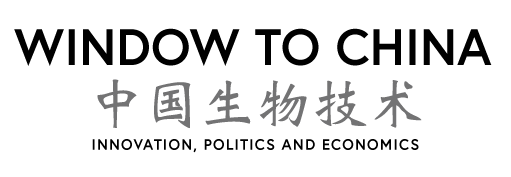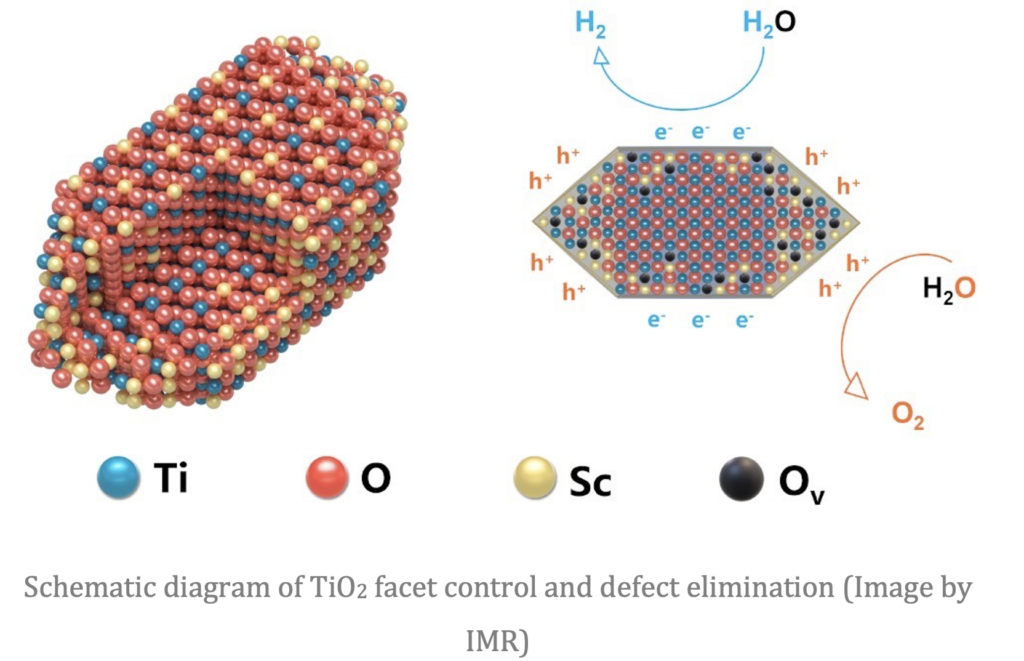http://en.people.cn/n3/2025/0408/c90000-20299198.html
https://pubs.acs.org/doi/10.1021/jacs.5c01936
A research team led by Prof. LIU Gang from the CAS Institute of Metal Research (IMR) has achieved a breakthrough in photocatalytic water splitting by developing a scandium (Sc)-doped titanium dioxide (TiO2) semiconductor in the rutile crystal phase.
The novel material demonstrated an apparent quantum yield (AQY) of 30.3% and a solar-to-hydrogen (STH) efficiency of 0.34%. Both values set new benchmarks for TiO2-based photocatalytic overall water splitting under ambient (non-pressurized, non-heated) conditions.
Sc3+ doping effectively eliminated detrimental Ti3+ defects, which are known for trapping charges and causing energy loss. In addition, an engineered facet junction between the (101) and (110) crystal planes generates a built-in electric field that drives electrons and holes to separate facets—facilitating water reduction and oxidation reactions.
The team now aims to enhance light absorption and integrate the material into scalable solar-driven systems.

